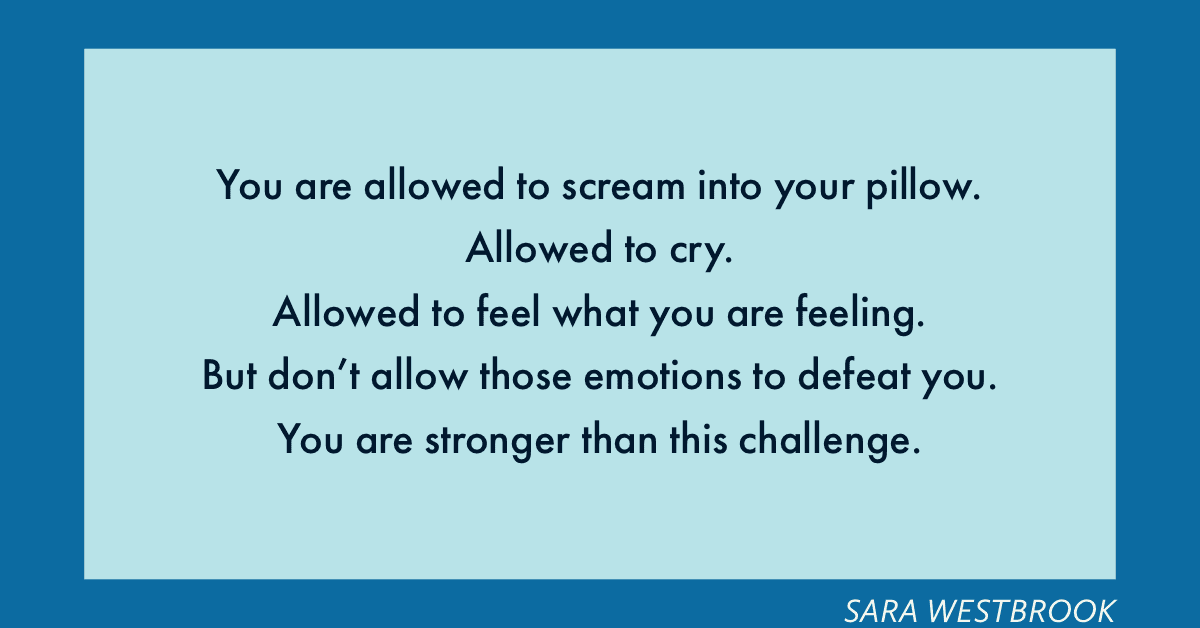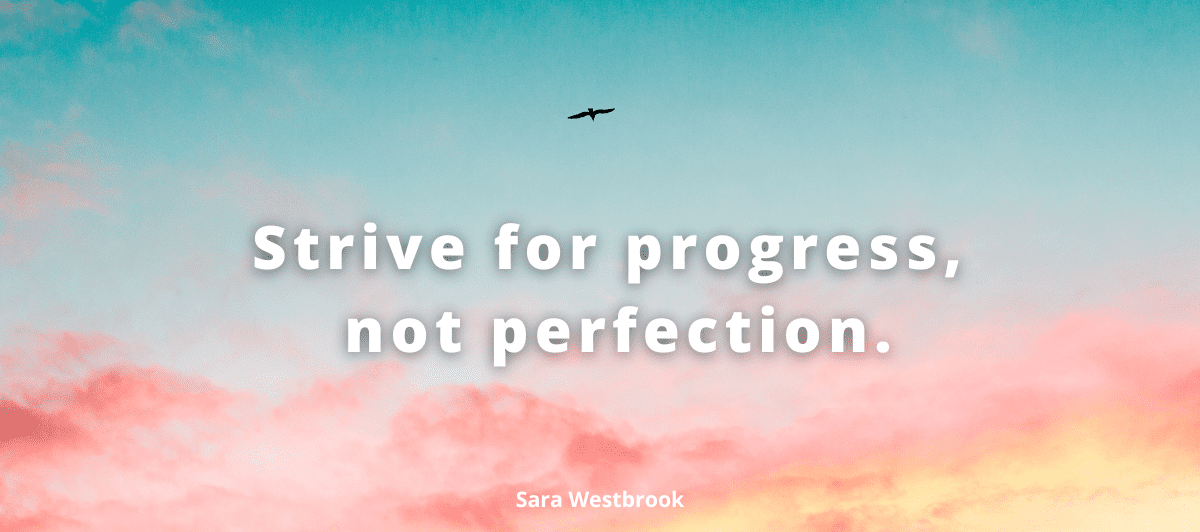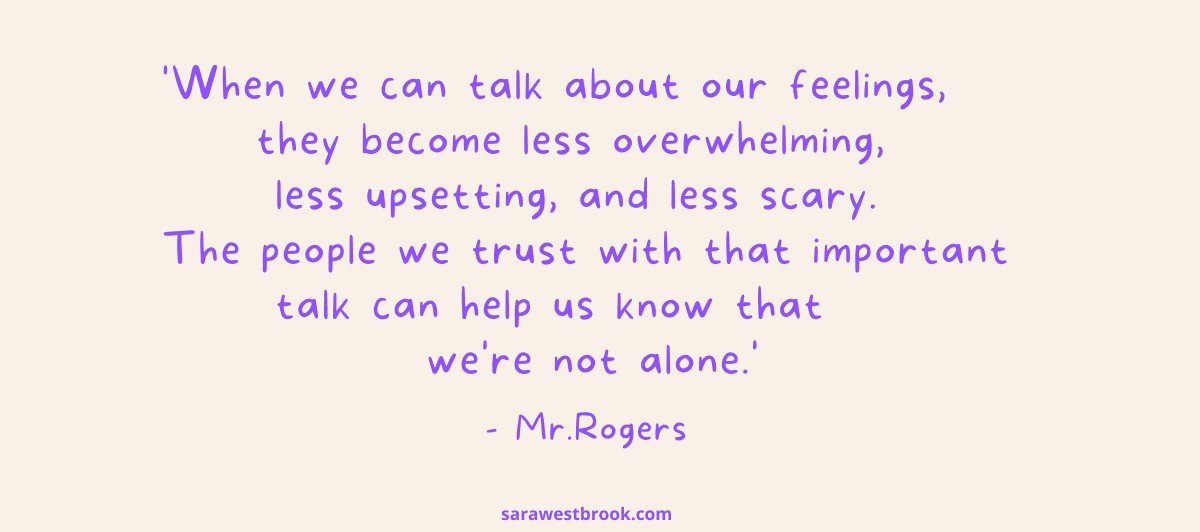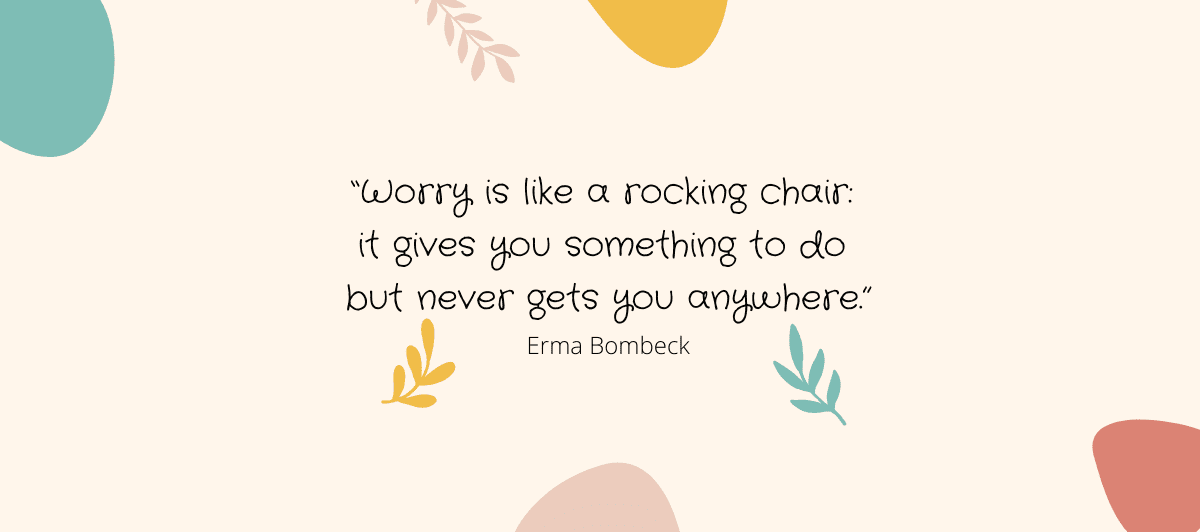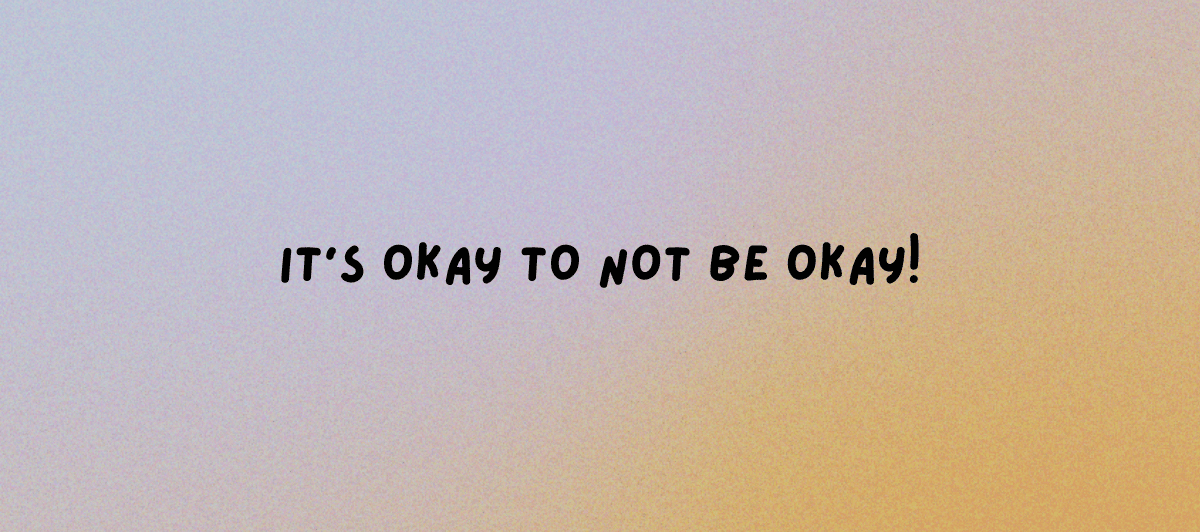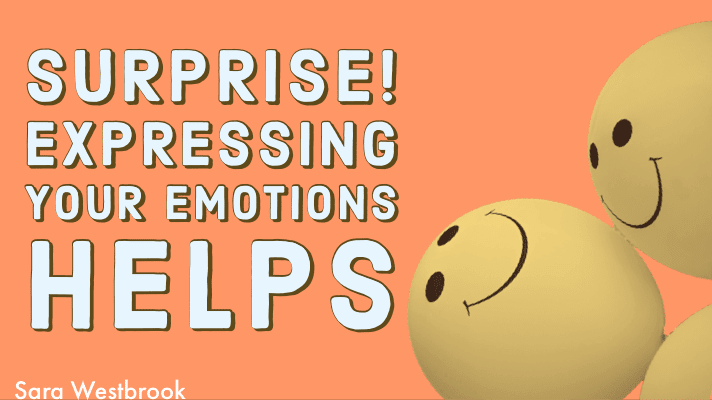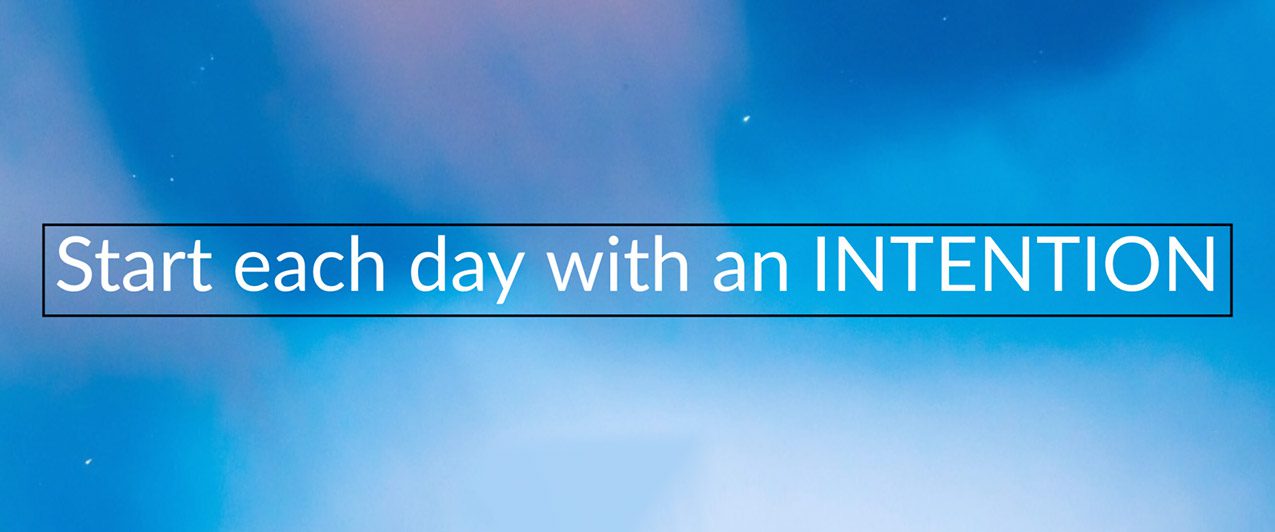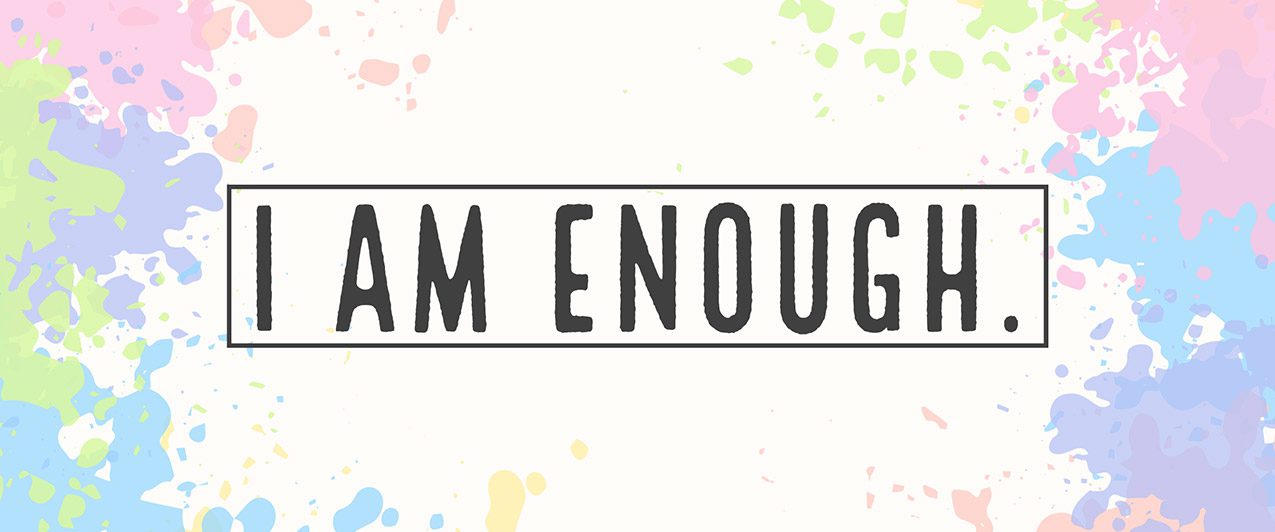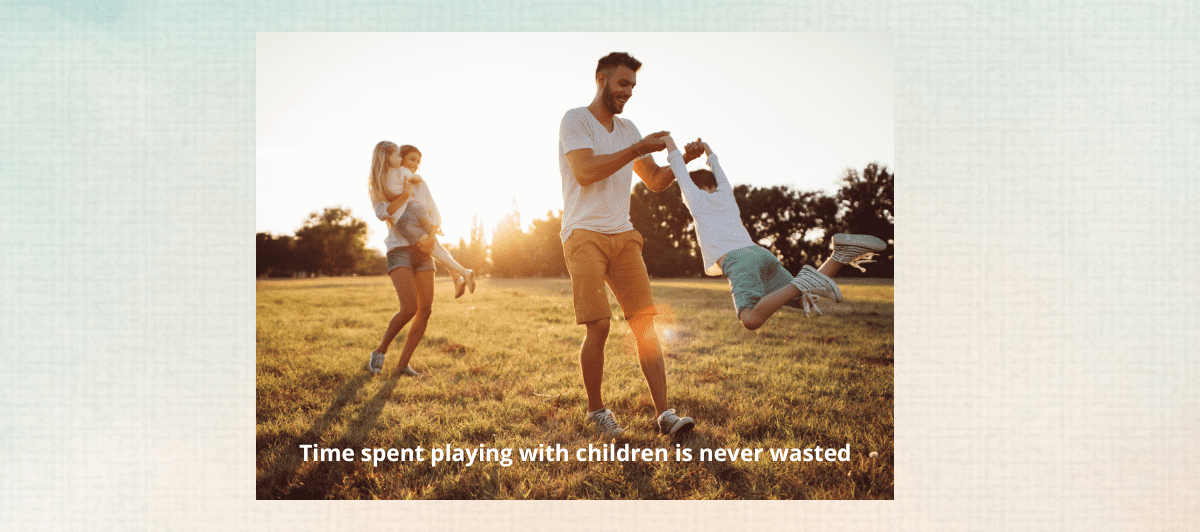
Strengthen Kids Well-being through Play
Kids are facing challenging times. They have had to adapt to so many changes and countless cancelled extracurricular activities that they enjoyed and looked forward to.
And what does this trigger… lots of tough emotions that can affect their overall well-being.
One way you can nurture a child’s well-being and help them release their emotions in a healthy way is by engaging in play – an essential component to developing their resilience, confidence, happiness and overall health.
By actively playing with kids you create a stronger bond that shows you care and appreciate them. When I play with my son, it strengthens our connection and becomes the gateway for him to open up about his concerns, emotions, worries and joys.
Support a child’s play experiences by being present and engaged in:
- Outdoor fun – a walk, a hike, bicycling, rollerblading, shooting hoops
- Games – cards, board games, hide & go seek, scavenger hunt, video game for 2 or more
- Activities – crafts, painting, baking, jigsaw puzzles, Lego
- Music – sing, dance, play an instrument, write a song
- Books – read out loud together, play the characters in the book, make funny voices, change the ending
Another way to support your child’s play experience is by asking them to write a list of activities that they would enjoy doing with you. You can then choose something off their list that helps them feel good.
If you’re short on time, you could say, ‘I have a busy day but I have saved 15 minutes to do an activity that you like.’ We do this with our son and he always says, ‘Let’s play mini sticks.’
We set the timer and play. Even 15 minutes of quality play, makes a positive difference by adding joy, laughter, problem solving and connection.
Until next time…


